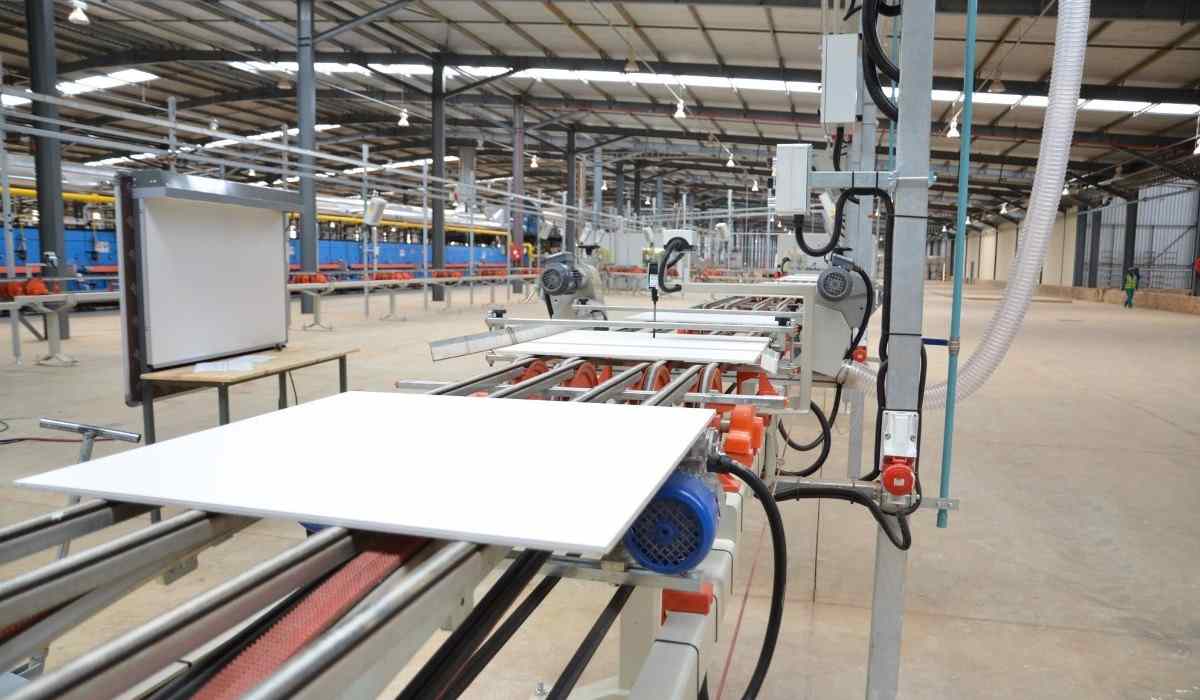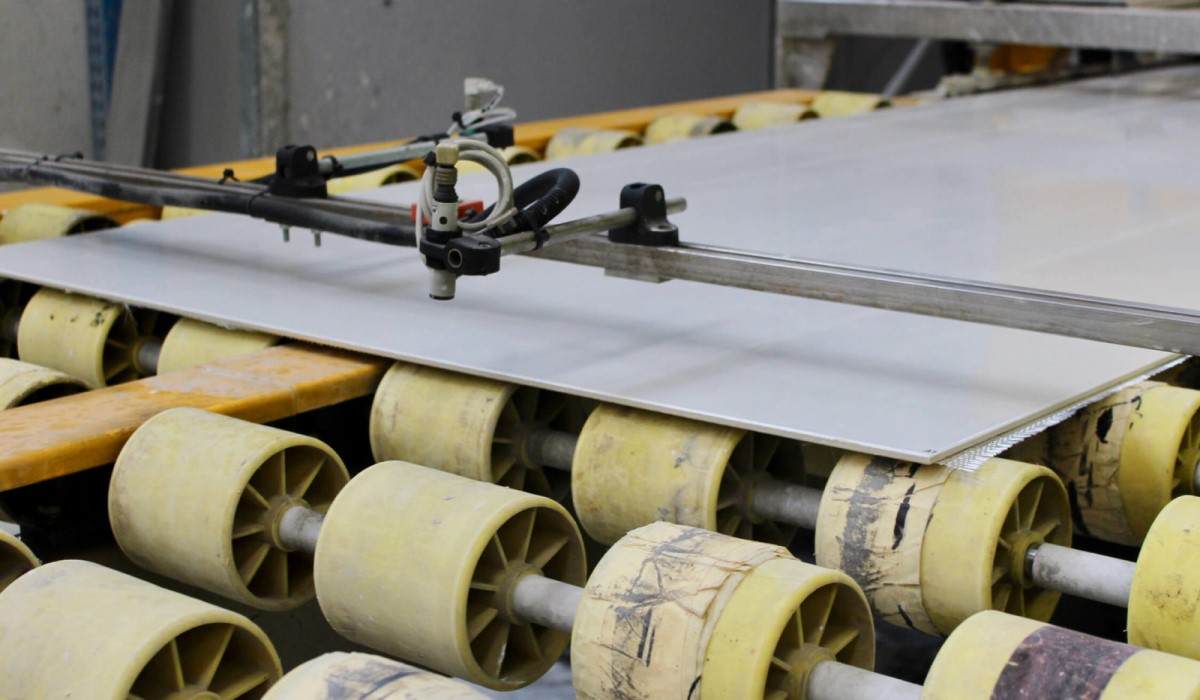Any floor tiles overing product you ultimately choose will be made in some way, regardless of how it was built. But the process and how to manufacture ceramic is a world unto itself. The procedure is age-old, and the advantages it produces are numerous and appealing: beauty, toughness, usefulness, and versatility. Ceramic tile is a piece of art that you can walk on; it makes for a stunning entrance, a soothing bath or spa surface, and a visual feast in a fine kitchen. Underfoot, ceramic tile is a work of art that both homeowners and guests lust after.
 Ceramic
Ceramic
Knowing how ceramic is made gives your insight into the process from the beginning. If you choose this flooring product, you will be living with these materials for many years, so knowing this information is crucial. Knowing how ceramic is made will also help you better comprehend and assess its performance features. You'll learn why some ceramic products are more durable than others and why some are easier to clean. Additionally, knowing how ceramic is made can help you become a better shopper, estimate the cost of ceramic flooring, and stay within your budget for home improvements. Please continue reading so that we can explain the various steps involved in making ceramic, discuss alternative types of ceramic, and provide you with an easy-to-understand abrasion rating system. Earth and fire are united in ceramic production. Ceramic tile's primary components and its basic manufacturing procedure have not changed all that much over the years. All ceramic tiles are made from earthen materials that are extracted, formed into tiles, and then heated to extremely high temperatures in kilns. A description of the two categories of ceramic tile. Glazed and unglazed tiles are the two main types of tile construction. Two layers are visible from the side of the glazed tiles. The bisque, or largest layer, is the physical composition of the tile. As in glazed donuts, the top layer is referred to as the glaze.
After firing, glazed tiles have a hard, non-porous, impermeable surface. They are easier to clean and more stain resistant than unglazed tile—something to think about for your home's busier spaces, like the kitchen and bathrooms. Your home will have a completely different beauty with unglazed tiles. They don't have a glaze on top, and they are completely solid in color. Through-body construction is a common term used to describe this. They are typically denser and more long-lasting than glazed tiles and have no additional surface treatments. As a result, they are better suited for applications inside and outside where wearability is a concern. The unglazed tile might be the best option if your home has high-traffic areas or "kid zones." The production of ceramic tiles involves five steps: mining, mixing and blending, pressing, glazing, and firing. Step 1 is fundamental and natural. The process starts with the extraction of the raw materials, a mixture primarily made up of clay and minerals. Mud is converted into fine sand in step two. A semi-fine powder is created by blending and combining the clay and mineral mixture. To create a wet slurry or mud-like consistency, water is added. The slurry is then pumped into a substantial dryer. And the outcome? A powdery clay is so fine it has a warm, fine sand texture. Form creation occurs in step three.
The clay is then pressed or shaped into the shape of a tile. At this point, these pressed tiles are referred to as green tiles. Extrusion is a different technique that can take the place of the pressing step. Extruded tiles are made rather than pressed by pushing the clay material through a mold to achieve the desired shape. However, today's most popular technique is pressing. The green tiles are dried to remove some of the moisture after being formed. The glazing stage is step four. It is the following stage in the production of tiles that will have a glaze. If the tile is to be left unglazed, this step is omitted, and it is fired in the kiln right away. A glass byproduct called frit, and colored dyes are used to make the glaze liquid. Either a high-pressure spray or a direct pour of glaze is used to cover the stone tile. Things really get hot in Step 5. Currently, the kiln is firing the ceramic tiles at a temperature of about 2000 degrees Fahrenheit. Monocoturra tiles, or single-fired tiles, are those that have only been fired once after the glaze has been applied. The biocultural or double-fired tile is the other variety. After the green tile has dried, Biocuturra tiles are first fired, and then after the glaze has been applied, they are fired once more.
Porcelain is a durable, optional option. In addition to the two varieties of ceramic tile—glazed and unglazed—there is another group that is steadily gaining popularity: stunning, elegant porcelain tile. Porcelain tile is fired at a much higher temperature than regular ceramic tile because it contains 50% feldspar. Because of this, porcelain tile is much denser and harder than other types of tiles. These tiles are a good option for your home due to their high performance and low water absorption ratings of less than 0.5 percent. Porcelain tile can also be used for heavy or commercial areas, as well as interior and exterior applications. The finished tiles are packaged, crated, and prepared for shipping after they have undergone quality assurance inspection. Recognize this to become an informed tile shopper. Not every ceramic tile can be used in every room of your house. It might not be advisable to install the lovely, decorative tile you might use for your kitchen backsplash on the floor. The American Society for Testing & Materials (ASTM) is the basis for or supporter of the rating system used by the majority of manufacturers (ASTM). These ratings are frequently listed in the product catalog or on the tile sample. The most popular system rates the overall durability or abrasion resistance of ceramic tile. There are five classes that you should be aware of.




0
0